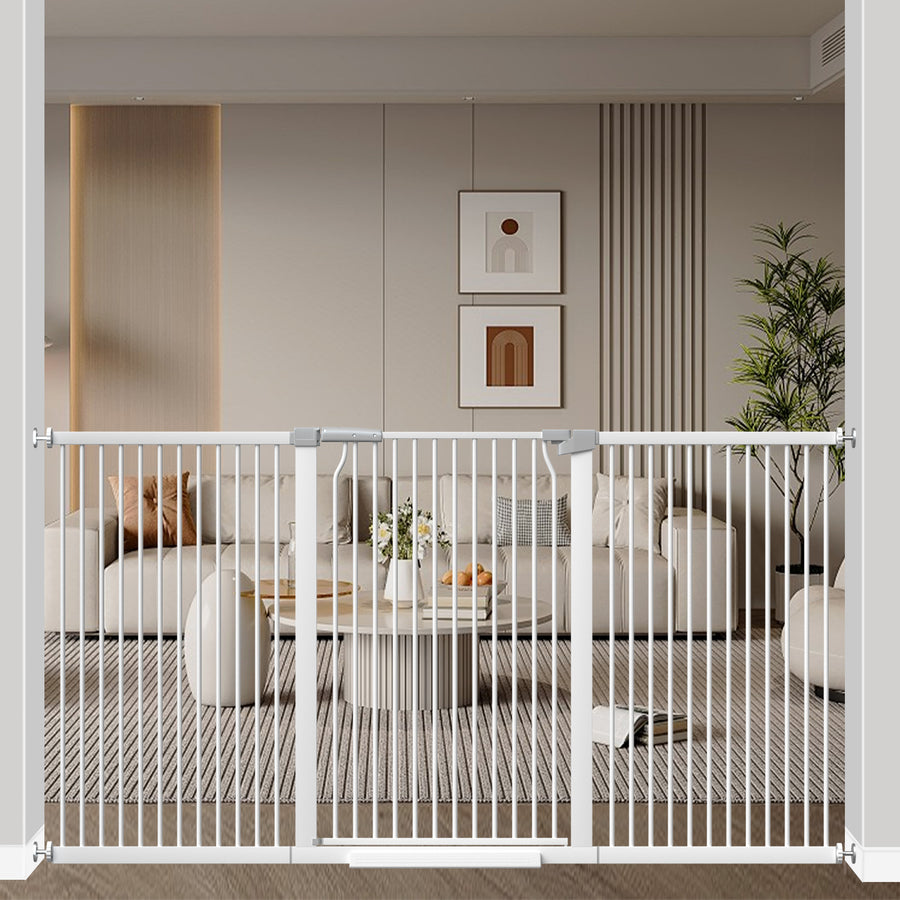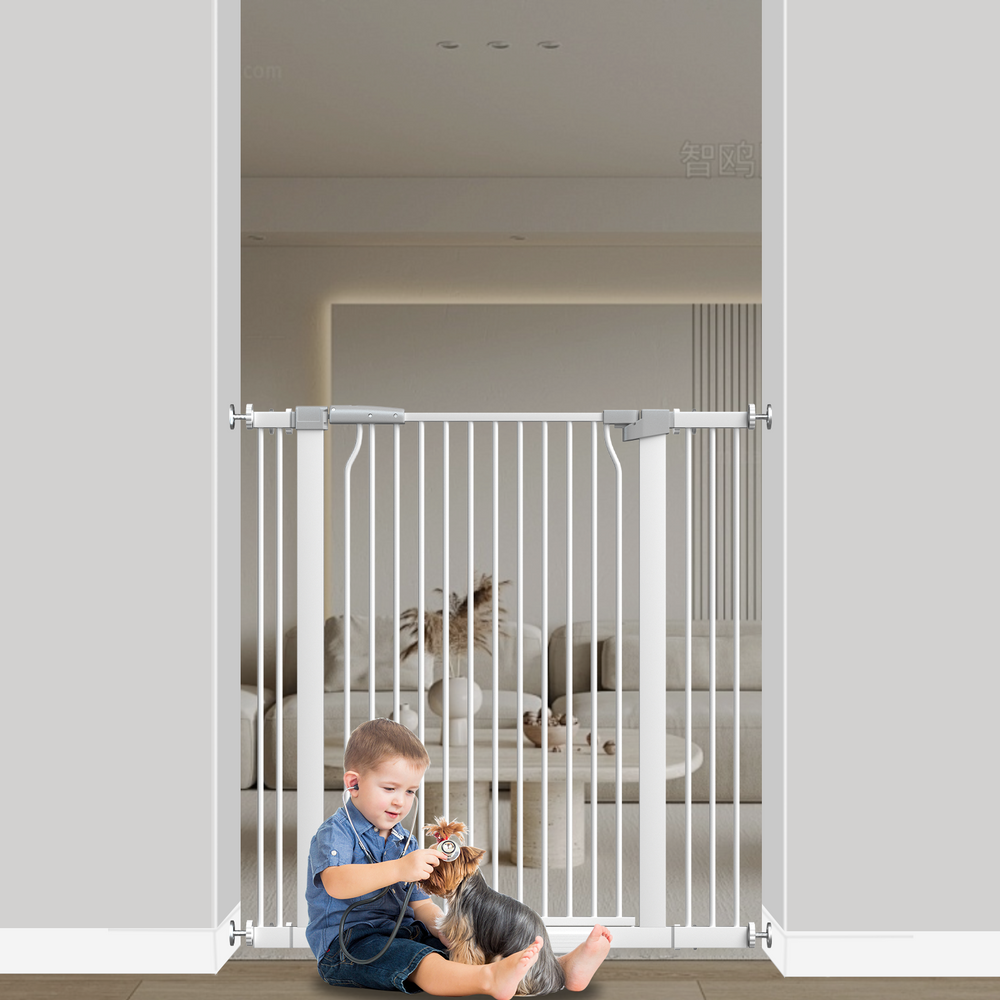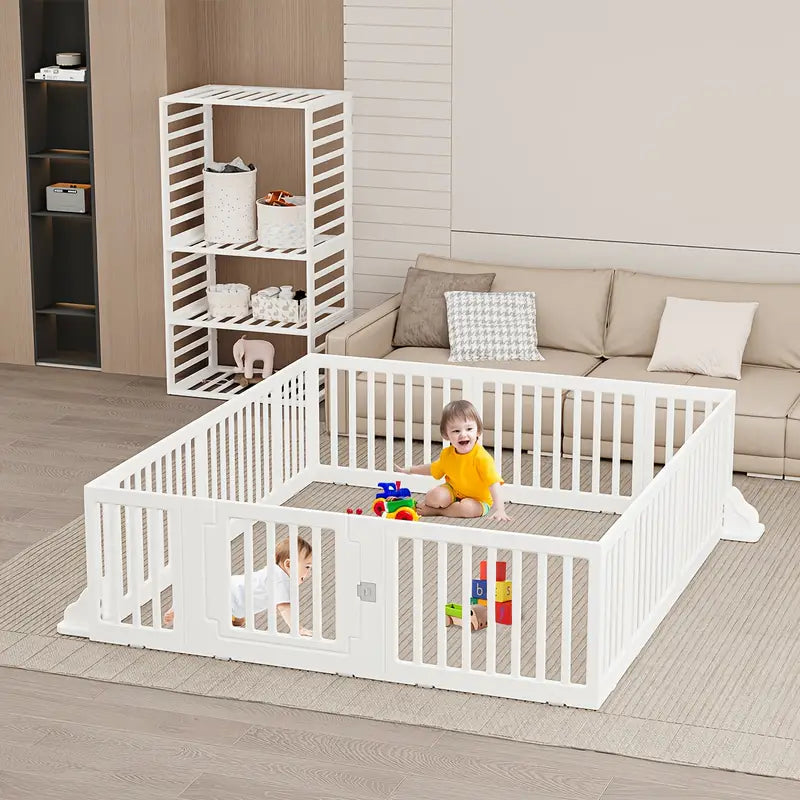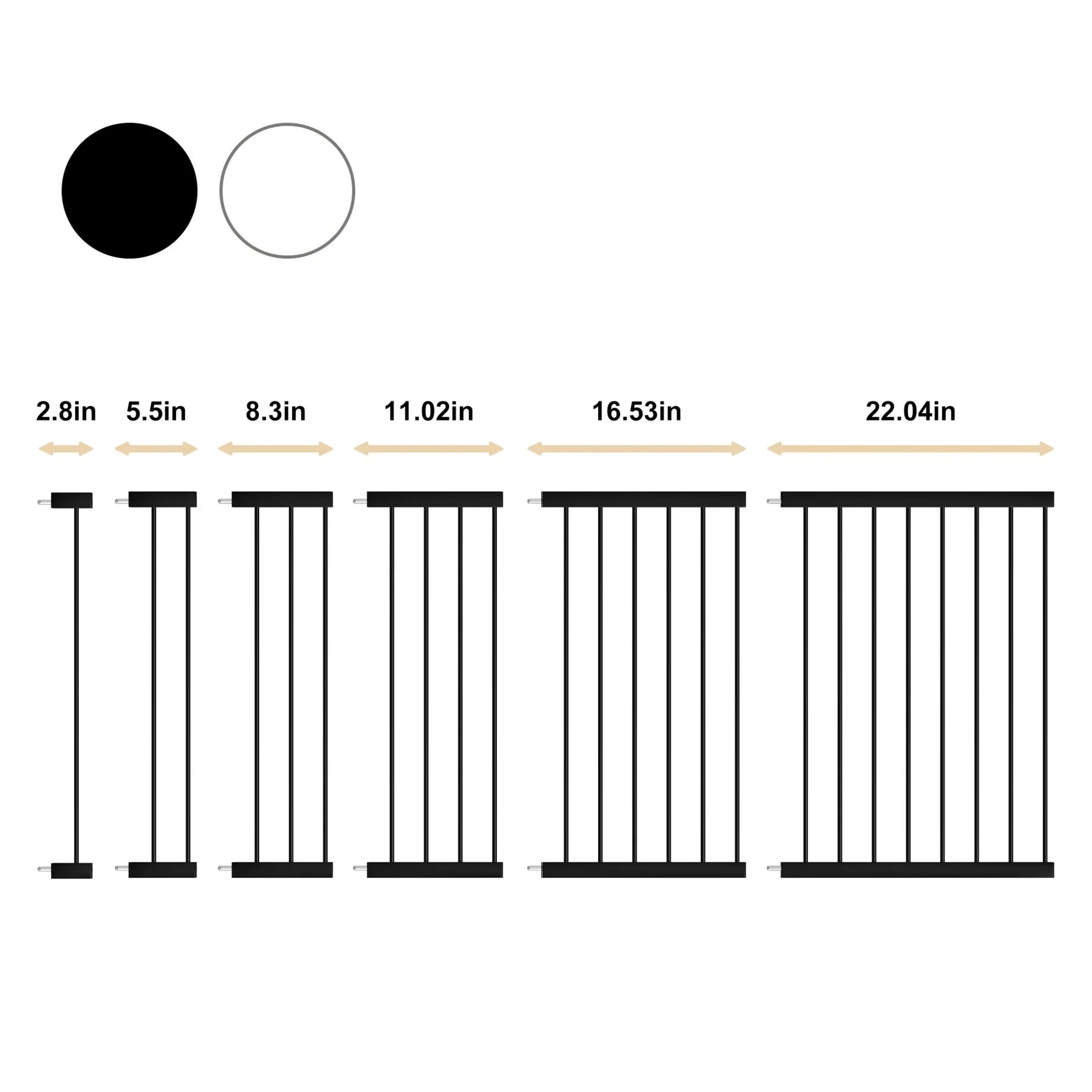Essential High Chair Safety Tips Every Parent Should Know
Understanding High Chair Safety Risks
Common Hazards of High Chair Use
High chairs are super useful, but it's easy to get complacent about safety. One of the biggest risks is tipping. Kids are squirmy, and if the base isn't wide enough, or if they push against something, over it goes. Falls are a big deal, and can lead to some pretty nasty injuries. It's not just falls, though. Think about straps that aren't done up properly – kids can slip right out. And those little gaps and hinges? Prime spots for pinches. It's a minefield, really.
Consequences of Improper Usage
When high chairs aren't used the right way, things can go south fast. We're talking bumps and bruises, sure, but also potential head injuries, broken bones, and even choking hazards. A study showed a scary number of kids end up in the ER each year because of high chair accidents. It's a wake-up call to pay attention and not get lazy with safety. It's also important to consider the long-term effects of these injuries, which can sometimes impact a child's development.
Importance of Supervision
I can't stress this enough: never leave your kid alone in a high chair. Not even for a second. They can get into trouble faster than you think. Even if they're strapped in, things can happen. They could choke, they could figure out how to wriggle free, or the chair could tip. Always keep an eye on them. It's not about being paranoid; it's about being smart. Think of it like driving – you wouldn't close your eyes for a second, right? Same deal here. Make sure you follow the manufacturer guidelines for weight and height limits.
It's easy to think, "Oh, it won't happen to me." But the truth is, accidents happen when you least expect them. Being aware of the risks and taking simple precautions can make all the difference. It's about creating a safe eating environment where your child can focus on their food, not on trying to escape or getting hurt.
Here's a quick rundown of things to keep in mind:
- Always use the straps.
- Never leave your child unattended.
- Make sure the chair is on a level surface.
- Check the chair regularly for any damage.
Choosing the Right High Chair
Alright, so you're in the market for a high chair. It can feel overwhelming with all the options out there! Let's break down what to look for to make sure you're getting something safe and practical.
Features to Look For
When you're browsing, keep an eye out for these features. They can really make a difference in terms of safety and convenience. A five-point harness is non-negotiable; it keeps your little one secure and prevents them from climbing out.
Here's a quick rundown:
- Adjustability: Can the height and recline be adjusted? This is super useful as your baby grows.
- Removable Tray: Makes cleaning a breeze, and some even go in the dishwasher.
- Easy to Clean: Trust me, you'll want something that wipes down easily. Fabric seats can be a nightmare.
- Footrest: A footrest is important for comfort and proper posture. Look for one that's adjustable.
Stability and Design Considerations
Stability is key. You don't want a high chair that tips over easily. A wide base is a good start. Also, think about the design. Does it fit your space? Does it fold up for storage? These things matter in the long run.
Consider these different types of high chairs:
- Standard High Chairs: The classic choice, usually sturdy and reliable.
- Convertible High Chairs: These grow with your child and can turn into booster seats. Super practical!
- Space Savers: Great if you're tight on space. They attach to a regular chair.
Safety Ratings and Reviews
Don't just take the manufacturer's word for it. Check safety ratings and read reviews from other parents. See what they have to say about the chair's stability, ease of use, and overall safety. Look for certifications from recognized safety organizations. These ratings can give you peace of mind.
It's easy to get caught up in the aesthetics, but remember, safety comes first. A stylish high chair is great, but a safe high chair is essential. Don't compromise on safety for looks.
Proper Installation and Positioning
Assembling the High Chair Correctly
Okay, so you've got your high chair. Awesome! But before you just plop your little one in there, let's talk about putting it together the right way. I know, I know, reading instructions is the worst, but trust me, it's worth it. A properly assembled high chair is a safe high chair.
- Make sure you have all the parts listed in the manual. Seriously, double-check. Missing a screw or a leg? That's a no-go.
- Follow the instructions step-by-step. Don't try to be a hero and skip ahead. Those diagrams are there for a reason.
- Tighten all the screws and bolts. But don't overtighten! You don't want to strip the threads. Just snug is good.
- Test the stability. Give it a little shake. Does it wobble? If so, go back and check your work. Something isn't right.
I remember when we got our high chair, I was so excited to use it that I rushed through the assembly. Turns out, I missed a crucial step, and the thing was wobbly as anything. My partner caught it before we put our kid in it, thank goodness. Lesson learned: take your time and do it right!
Choosing a Safe Location
Where you put the high chair matters. A lot. You want a spot that's out of the way but still lets you keep an eye on your kiddo. Think about these things:
- Keep it away from walls. Little ones can push off the wall and tip the chair. Not fun.
- Avoid placing it near stoves, ovens, or other hot surfaces. Obvious, but worth saying.
- Make sure there's enough space around the chair. You don't want people tripping over it.
- Consider the flooring. A hard, flat surface is best. Rugs can be uneven and cause the chair to wobble.
Avoiding Elevated Surfaces
This one seems like a no-brainer, but you'd be surprised. Never, ever put a high chair on a table, countertop, or any other elevated surface. Seriously, just don't. It's a recipe for disaster. Even if you think it's stable, it's not worth the risk. Kids are wiggly, and things can happen fast. It's also important to ensure correct high chair positioning for your child's safety.
Here's a little table to illustrate why this is a bad idea:
| Surface | Risk |
|---|---|
| Table | High risk of falling off the table |
| Countertop | Extremely high risk of serious injury |
| Any Height | Unnecessary and avoidable danger |
Remember, a little bit of caution goes a long way. By taking the time to install and position your high chair correctly, you're creating a safer feeding environment for your child. And that's what it's all about, right? You can also check safety ratings and reviews to help you choose the right high chair.
Securing Your Child Effectively
Using Safety Straps Properly
Okay, so you've got the high chair all set up. Now comes the really important part: actually strapping your kid in. I know, I know, it can be a struggle, especially if you have a wiggly one. But trust me, it's worth the effort. Always use the safety straps every single time your child is in the high chair. It doesn't matter if it's just for a quick snack or a full meal.
Think of it like this:
- Five-point harness: Offers the best protection, securing at the waist, shoulders, and between the legs. This is the gold standard.
- Three-point harness: Secures at the waist and between the legs. Still good, but not quite as secure as a five-point.
- Lap belt only: Avoid these if possible. They don't offer enough protection against falls.
Make sure all straps are in good working order. Check for any fraying, tears, or broken buckles. Replace them immediately if you find any damage. A broken strap is as good as no strap at all.
Adjusting Harnesses for Comfort
Straps too tight? Too loose? It's a Goldilocks situation. You want them snug enough to keep your child secure, but not so tight that they're uncomfortable or can't move at all. You should be able to slide two fingers between the strap and your child's body. If you can fit more than two fingers, tighten the straps. If you can't fit two fingers, loosen them. Simple as that.
Also, adjust the straps as your child grows. What fits them perfectly at six months old won't fit them at a year old. Regularly check the fit and make adjustments as needed.
Monitoring for Slips and Falls
Even with the best straps, accidents can still happen. Kids are surprisingly good at wiggling their way out of things. Never, ever leave your child unattended in a high chair. Not even for a second. It only takes a moment for them to slip, fall, or try something they shouldn't.
Keep the high chair within your reach so you can react quickly if something happens. Pay attention to your child's behavior. If they're getting restless or trying to climb out, take them out of the high chair immediately. It's better to end the meal early than risk a fall.
And remember, high chairs are for feeding. Don't let your child play in the high chair unsupervised. It's not a toy, it's a piece of equipment that needs to be used properly. If you're having trouble with blocked access, make sure your cookies are enabled.
Here's a quick reference table for strap safety:
| Strap Type | Security Level | Adjustment Frequency |
|---|---|---|
| Five-Point Harness | High | Monthly |
| Three-Point Harness | Medium | Monthly |
| Lap Belt Only | Low | Weekly |
By following these tips, you can help keep your child safe and secure in their high chair. And that's what really matters. If you are having issues with security measures, contact the site owner for assistance.
Maintaining a Safe Feeding Environment
Creating a safe feeding environment is just as important as the high chair itself. It's about minimizing potential hazards and setting the stage for positive mealtime experiences. A little preparation goes a long way in preventing accidents and promoting good eating habits.
Clearing Surrounding Hazards
Before each meal, take a quick look around the high chair. Are there any objects within your child's reach that could be dangerous? This includes things like sharp objects, hot drinks, dangling cords, or anything else that could cause harm if grabbed or pulled. Keep the area around the high chair clear to prevent accidents.
- Remove any small objects that could be a choking hazard.
- Relocate hot items like coffee cups away from the high chair.
- Secure any dangling cords from blinds or appliances.
Ensuring a Stable Surface
The high chair needs to be on a level, stable surface. Avoid placing it on rugs or uneven flooring, as this can increase the risk of tipping. Make sure all the legs of the high chair are firmly planted on the ground before you put your child in it. A wobbly high chair is a recipe for disaster. You should also check the high chair safety standards to make sure it meets the requirements.
Avoiding Distractions During Meals
Mealtimes should be focused on eating, not on screens or other distractions. Turn off the TV, put away your phone, and try to engage with your child during the meal. This not only helps them focus on their food but also allows you to supervise them more closely. Plus, it's a great opportunity to bond and teach them about healthy eating habits. It's important to establish safe feeding habits early on.
Distractions can lead to rushed eating, choking hazards, and a general lack of awareness of what your child is doing. By minimizing distractions, you create a calmer, safer, and more enjoyable mealtime experience for everyone.
Teaching Safe High Chair Habits

Encouraging Calm Behavior
It's important to teach your child to be calm while in the high chair. A calm child is less likely to try risky maneuvers that could lead to falls or injuries. Start early by only placing your child in the high chair when they are relatively calm and content. If they start to get fussy or agitated, try to address the issue before it escalates. This might involve offering a toy, singing a song, or simply talking to them in a soothing voice. If the fussiness continues, it might be time to take them out of the chair altogether. This teaches them that the high chair is for calm, focused meal times, not for tantrums or playtime.
Establishing a Routine
Kids thrive on routine, and mealtime is no exception. Creating a consistent routine around high chair use can help your child understand what's expected of them. This could involve always using the same high chair for meals, starting with a specific signal (like a bib), and ending with a clear indication that mealtime is over. A predictable routine reduces anxiety and makes it easier for your child to accept the boundaries of the high chair. For example:
- Always put the bib on before placing them in the chair.
- Use a specific song or phrase to signal the start of mealtime.
- Remove the tray and bib to indicate the end of the meal.
Establishing a routine helps children understand the expectations associated with the high chair. This predictability can reduce fussiness and make meal times more enjoyable for everyone involved.
Reinforcing Safety Rules
As your child gets older, they'll be able to understand and follow simple safety rules. It's important to consistently reinforce these rules every time they're in the high chair. This might involve reminding them to keep their bottom on the seat, to not reach for things that are out of reach, and to always keep their safety straps fastened. Use positive reinforcement to encourage good behavior, and gently correct them when they break the rules. Consistency is key – the more consistently you enforce these rules, the more likely your child is to follow them. Here are some rules to consider:
- Always sit with your bottom on the seat.
- Keep your hands on the tray or your food.
- Do not try to climb out of the chair.
Regular Maintenance and Checks

Inspecting for Wear and Tear
High chairs take a beating. Food spills, constant use, and the occasional toddler tantrum can all contribute to wear and tear. Regularly inspecting your high chair is super important to catch any potential problems before they become safety hazards. Check for things like:
- Loose screws or bolts: These can cause instability.
- Cracked or broken plastic: This can create sharp edges or weaken the structure.
- Frayed straps: These might not hold your child securely.
- Damaged padding: This can reduce comfort and support.
If you find any issues, address them immediately. Tighten screws, replace damaged parts, or contact the manufacturer for assistance. Don't use the high chair if it's not in good condition.
Checking Safety Features
Beyond general wear and tear, it's also important to regularly check the specific safety features of your high chair. This includes:
- Harness and Straps: Make sure they are in good working order, not frayed or damaged, and that the buckles latch securely. Test the harness buckles regularly.
- Locking Mechanisms: If your high chair has folding or adjustable features, check that the locking mechanisms are engaged properly and holding securely. Adjustable models should have stable locking mechanisms.
- Wheels (if applicable): Ensure the wheels are locking properly and that they are free from debris that could prevent them from rolling smoothly. Check the wheel locks frequently.
It's easy to get complacent, especially if you're using the high chair every day. But taking a few minutes each week to check these safety features can make a big difference in preventing accidents.
Cleaning and Sanitizing the High Chair
High chairs are magnets for food spills and crumbs, which can quickly become breeding grounds for bacteria. Regular cleaning and sanitizing are essential for maintaining a safe and hygienic feeding environment. Here's how to do it:
- Wipe down the high chair after each use with a damp cloth to remove any food residue.
- Use a mild soap and water solution to clean the entire high chair at least once a week.
- Disinfect the high chair regularly with a baby-safe disinfectant, paying special attention to areas that come into contact with food.
- Remove and wash any removable fabric parts according to the manufacturer's instructions. Choose BPA-free materials for easy cleaning.
Wrapping It Up
In the end, keeping your little one safe in a high chair is all about being aware and proactive. Remember to check that everything is put together right and that the chair is stable. Always use those safety straps, and never leave your child alone in the chair, even for a second. It might seem like a lot to remember, but these simple steps can make a big difference. By staying informed and following these tips, you can help ensure that mealtime is a safe and enjoyable experience for both you and your child.






Leave a comment